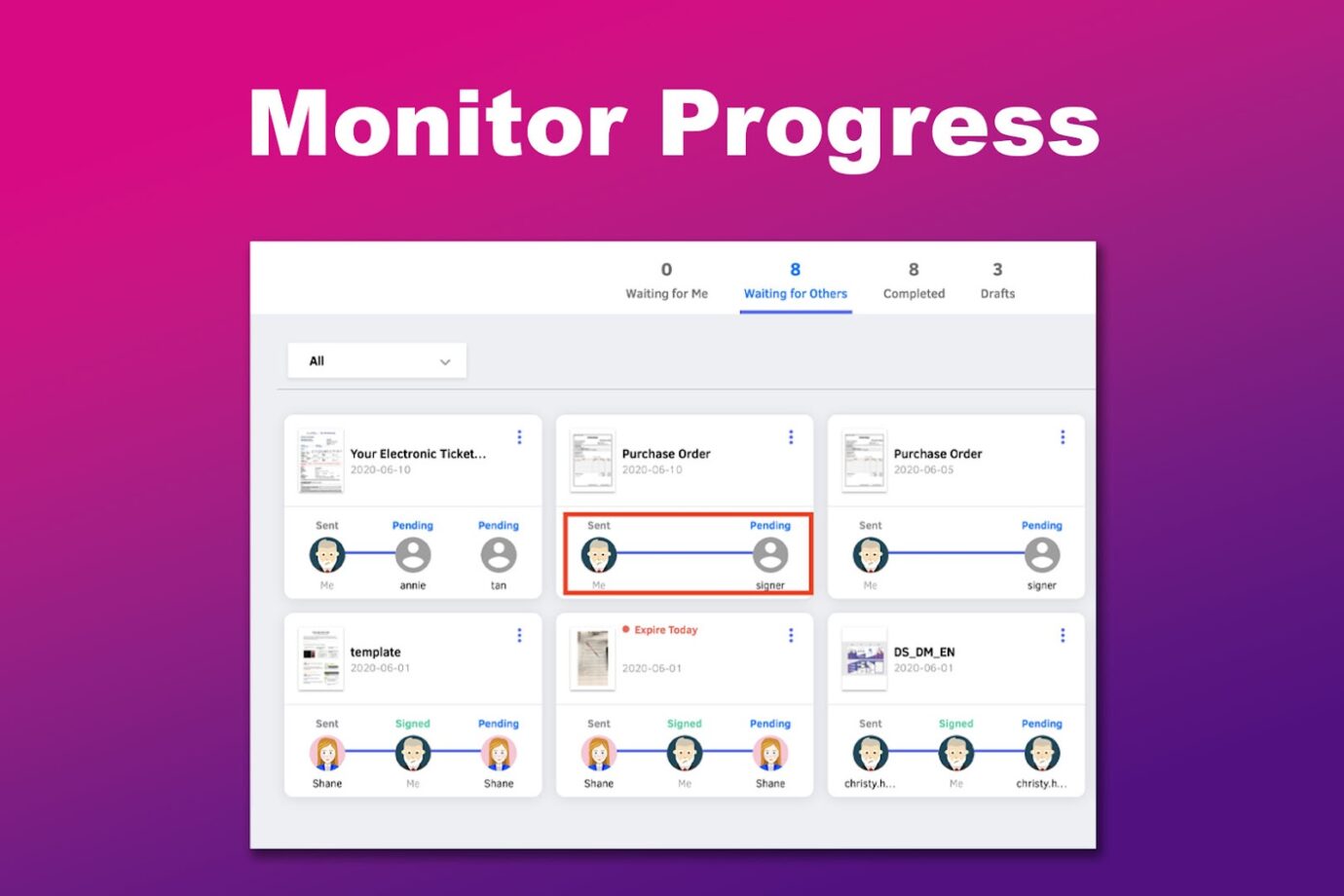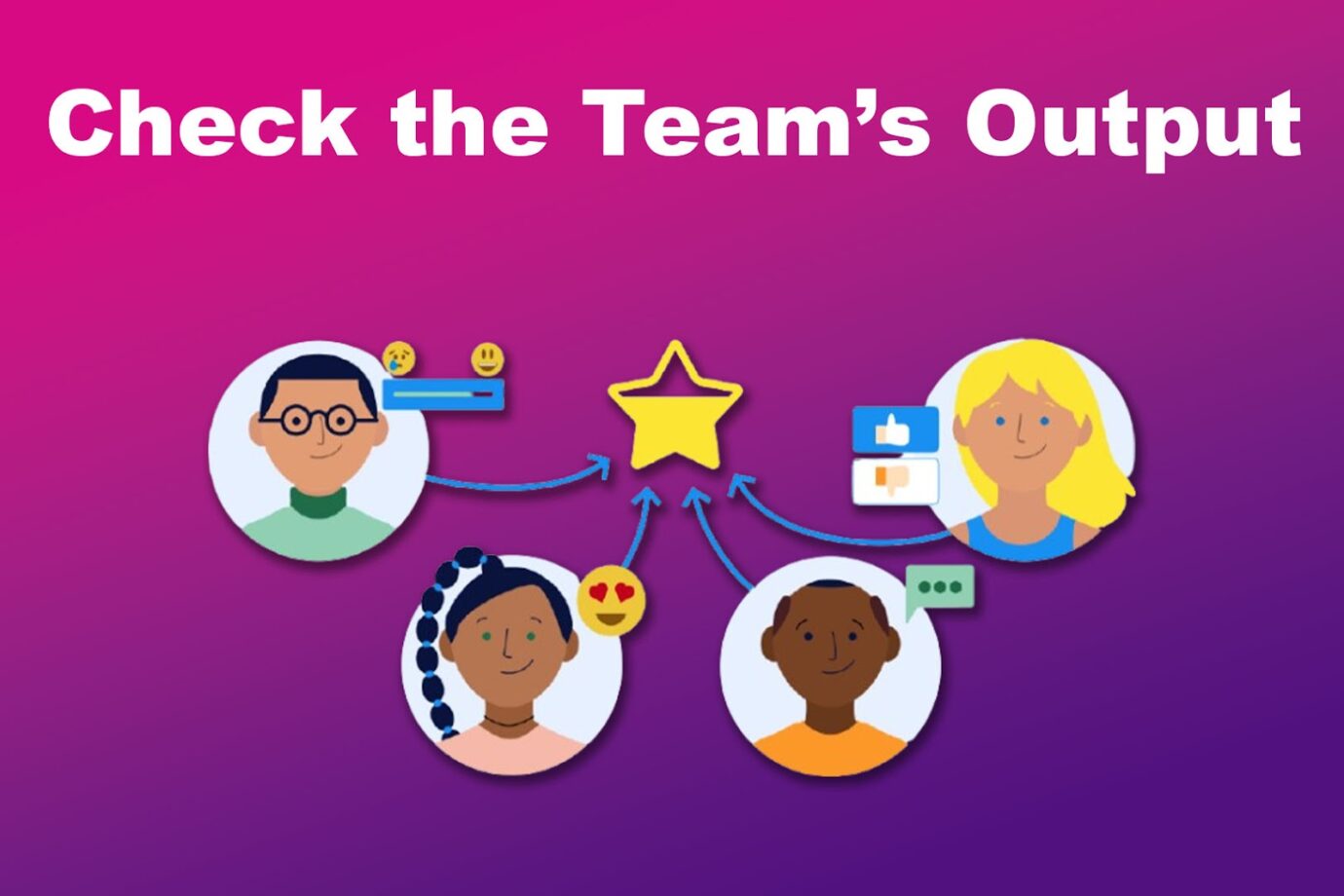The key to successfully finishing a project is to assign tasks to team members properly. However, you cannot just give each member something to work on and call it a day. It’s important that the tasks align with their skills so that they can deliver high-quality output.
Assigning tasks based on the assignee’s skills is just the first step. There is an entire process of assigning tasks to others, which we’ll explain in this article.

Difference Between Assigning & Delegating Tasks
Assigning a task implies giving team members instructions on how to do it. This means you retain the authority over the task’s outcome. Delegating means handing over the authority and responsibility to the delegate. You must trust that they’ll perform well without supervision.
Delegation goes beyond the team member’s job description to help them develop new skills. On the contrary, assigned tasks fall under their scope of work.
When you assign a task, you define its goal and deadline and how you expect the assignee to complete it. This is ideal if you need help with a sensitive task, as it allows you to monitor how the assignee works on it closely.
The nature of the task affects whether it should be assigned or delegated. Team leaders usually assign tasks when they are easy to complete, repetitive, short-term, and generally involve little critical thinking.
On the other hand, delegating involves more complex tasks. When delegating, you trust that the team member will complete the task even without much supervision.
Find out what task assigning exactly is on Indeed.
What Are the 5 Factors to Consider When Allocating Tasks to Staff?
Skills are not the only thing to consider during task assignments. True enough, the team member’s expertise must align with what the job calls for. However, you must also consider other things, such as whether the worker has time to work on the task.
These are the five factors you need to consider when assigning tasks to other workers:
1. Task Urgency
The first thing you need to do is define what tasks should be completed first. Make a list of the tasks you plan to assign to team members and check which are the most important. If someone on the team has the skills to do the most critical task on the list, assign it to them.
Apart from the importance, you should also consider the task’s deadline. If a task is approaching its deadline and you have more important things to work on, assigning it to someone else is ideal.
2. Skills & Expertise
Does the team member’s expertise match the job’s requirements? While you’ll instruct and guide them, they can only deliver high-quality work if they already have the skills needed.
Matching the assignee’s capabilities with the task’s requirements also reduces the likelihood of failure. They already know how to do the job, so they only need to learn your instructions.
3. Workload

Does your team member still have the time to work on an additional task, or is their plate already full? Assigning a task to someone already busy can result in low-quality work. They’ll have to rush to finish the job on time.
Find someone who can work on the task and does not have too many to work on. You can maintain the team’s balance while ensuring work quality.
If you have no choice but to assign the task to someone already busy, take some of their workload off so they have enough time to work on everything.
4. Opportunity for Growth
If your team member is learning new skills, you may assign relevant tasks to help them grow and develop. Ensure the task is not urgent so they have enough time to understand and work on it. Assigning them tasks days before the deadline might cause them to cram, resulting in a poorly done job.
When assigning tasks to others to help them grow, you should guide them from the time of assignment until they have completed them. This way, you can ensure that they are learning and that the job given to them will be completed with no major errors.
5. Level of Interest
While your staff may have the skills to do the job you want to assign, it’s also important to consider whether they are interested. It’s important to look for someone skillful and passionate enough to work on the task.
This way, you can ensure that they can show what they’re good at while enjoying what they do.
Matching the job to a team member’s interest does not just apply to task assignments. You can also do this with other jobs so that your entire team remains focused on what they do.
Forbes has some tips on effectively assigning tasks to team members.
What Is the Process of Assigning Tasks to Others?
Assigning tasks to other workers involves proper planning to ensure a job is done well. To achieve that, you can break down the process of assigning tasks to others into several steps.
Follow these steps to assign tasks to subordinates:
Step 1: Understand the Project

Let’s say you have a new project you want your team to work on. You can’t just ask your team to work on it. Instead, you must learn about the project’s scope, objectives, and deadline.
Understanding the project will allow you to plan how to assign tasks to other workers, which tasks to prioritize, and when each task should be submitted.
Once you understand the project clearly, you need to assess each team member’s skills so that you can assign them the right tasks.
Step 2: Prepare the Tasks You Want to Assign
When preparing the tasks you want your team members to handle, you should first break down this project into categories.
Determine the significant parts of the project and list them down. For instance, if the new project is a blog site, you can break it down into “website creation,” “blog writing,” and “graphics.”
Then, break each of these major tasks into smaller tasks. For example, the blog writing task can be divided into categories like “keyword research,” “blog writing,” “editing,” and “SEO.”
This will allow you to allocate the entire project to the whole team and make it easier to track progress.
Step 3: Identify Which Tasks Should Be Prioritized
Now that the tasks are ready, prioritize them based on their importance, time sensitivity, and difficulty level. The most important, urgent, and complex tasks should be assigned first so your team has enough time to work on them.
Step 4: Assign People to the Task

Yes, you’ve read it right. You should assign people to tasks rather than the other way around. This means finding the right people with the right skills for the project’s tasks.
Here’s a step-by-step guide for assigning team members to tasks:
- Step 1. Match the tasks with the team members’ skills.
Note the most urgent and vital tasks and assign them to an experienced team member. Next, assign less experienced team members to work on non-urgent tasks. - Step 2. Provide instructions.
Provide your team members with clear guidelines and ensure they understand the project’s goals. You also need to communicate your desired outcome so that they can deliver a satisfying result. - Step 3. Set realistic deadlines.
Give your team members enough time to work on each task. They should also have enough time to work on their assignments to avoid cramming, low-quality submissions, or worse, unfinished tasks. - Step 4. Provide necessary resources.
In addition to clear instructions, you must ensure that your team members have all the tools and resources needed to complete the task.
Step 5: Monitor Progress

The process of assigning tasks to others does not end with getting someone to work on it. While your team works on their tasks, you must check on them occasionally to see how they are doing. This way, you will know if they are having a hard time and provide them with the help they need.
When monitoring progress, encourage your team members to be honest about their concerns and how they do the task. You’ll only be able to help them if they can honestly communicate with you.
Don’t overdo monitoring your team, as it might make them feel you’re micromanaging them.
Find out what happens if you micromanage workers.
Step 6: Hold Team Meetings
Entrusting your team members with a part of the project means they must be updated on the project as a whole. For this reason, you must update them on the project’s progress.
Holding team meetings can also serve as a way to monitor individual progress. You can ask your team members to share what they find difficult about their tasks and help them solve it. This may help the other team members with the same task difficulty.
You can hold team meetings virtually. Check out the steps for a successful virtual meeting here.
Step 7: Check the Team’s Output

Once each team member has submitted their task, check to see if they met the project’s goals and expectations. Remember, you are responsible for the project and must ensure that the functions involved are done well.
Feel free to ask for revisions and give feedback. This will allow your team members to learn from their mistakes and improve their outputs.
If you have too many things to check, you can utilize project management tools to make things more manageable.
Here are some tips from experts on LinkedIn on how to assign tasks effectively.
Why Is Assigning Roles & Tasks to Team Members Important?
Assigning tasks to others does not only get the job done. It also promotes cooperation and efficiency, as the entire team has to work together to finish a project.
These are the reasons why assigning tasks to subordinates is important:
- Ensures Fairness.
When you assign tasks, you ensure each team member has work to do. This ensures fairness and prevents overworking your most skillful staff. - Promotes Teamwork.
Assigning tasks allows the entire team to participate in completing the project, thus fostering collaboration and cooperation. -
Utilizes Individual Skills.
Matching an individual’s expertise with the skills needed for the job allows them to contribute their best work to the project. This ensures that the best people complete each aspect of the project.
- Promotes Accountability.
Assigning tasks means each of your staff is responsible for completing the project. Knowing that the project will not be completed on time if they fail to submit their tasks within the deadline gives them a sense of responsibility. - Improves Productivity.
Your team will make the most of their work time when they know they have a deadline to catch. This deadline, combined with the fact they’re working on something within their interest, encourages them to be productive. - Develops Morale.
Giving your team members something to work on shows that you trust them, thus making them confident in their skills.
Find out the benefits of delegating tasks to people on Medium.
Mistakes to Avoid When Assigning Tasks to Others
While knowing how to assign tasks is crucial, it’s equally important to avoid task assignment mistakes that may lead to project failure. This creates a positive environment and collaboration among your team.
These are the things you need to avoid when assigning tasks to team members:
- Not Trusting Your Team.
As a leader, it’s common to worry about how your team members will perform the tasks given to them. However, you must trust them, as failure to do so may lead them to lose motivation for growth. - Micromanagement.
This goes hand in hand with not trusting your team members. If you don’t trust your staff, you constantly check their work and point out what you want them to change. However, this interferes with their autonomy and work process. - Task Missassignment.
Assigning a task to someone who does not have the skills to do it may lead to failed work. - Over-Assigning to Skilled Staff.
Giving your skilled employees too many tasks results in stress. Apart from affecting their well-being, overworking them can also reduce work quality. -
Unclear Instruction & Expectations.
Failure to clarify your expectations and instructions is the top reason for output delay and poor work quality. If your staff has to work based on vague instructions, the output may go back and forth for revisions, causing it to take more time to complete.
- Not Hearing Out Suggestions.
When you assign tasks to people who are knowledgeable about them, you must also recognize their input and accept it when it applies to the project. - Failure to Follow Up on Tasks.
While micromanagement is terrible, being too lenient after assigning tasks to team members is equally detrimental to a project’s progress and may cause delays. Following up on tasks helps you catch and correct mistakes early on. - Failure to Prioritize Tasks.
Assigning the most important parts of a project is essential so the team has enough time to work on them. Failing to prioritize tasks can lead to bottlenecks and affect the project’s overall success.
Assigning Tasks Improves Teamwork
Assigning tasks to others frees up your time and lets you focus on the more important parts of the project. It also improves team collaboration, thus further developing your staff’s teamwork.
Take note that assigning tasks is different from delegation. When you assign tasks, you remain responsible for how it should be done. Meanwhile, delegating means you are fully entrusting the task to a team member.
When assigning tasks, check each team member’s workload. This prevents employee burden, as you can avoid assigning too many tasks to someone already busy.

